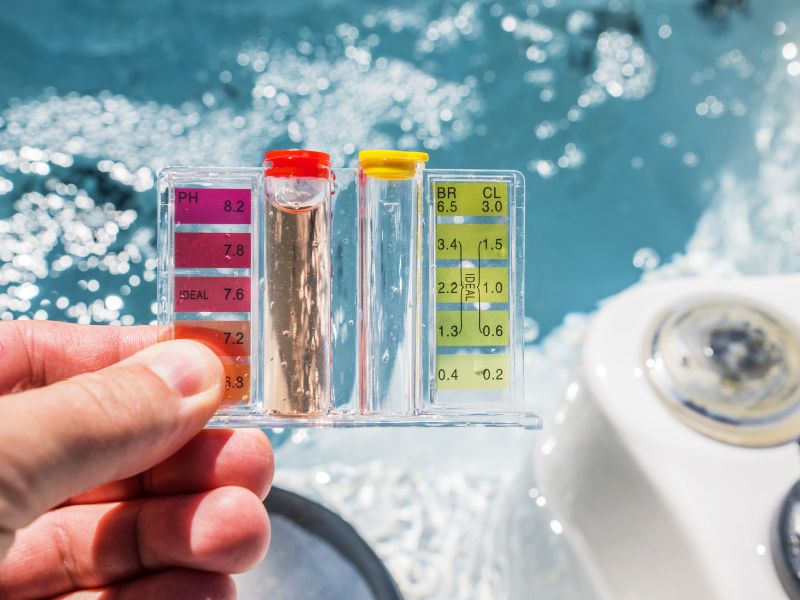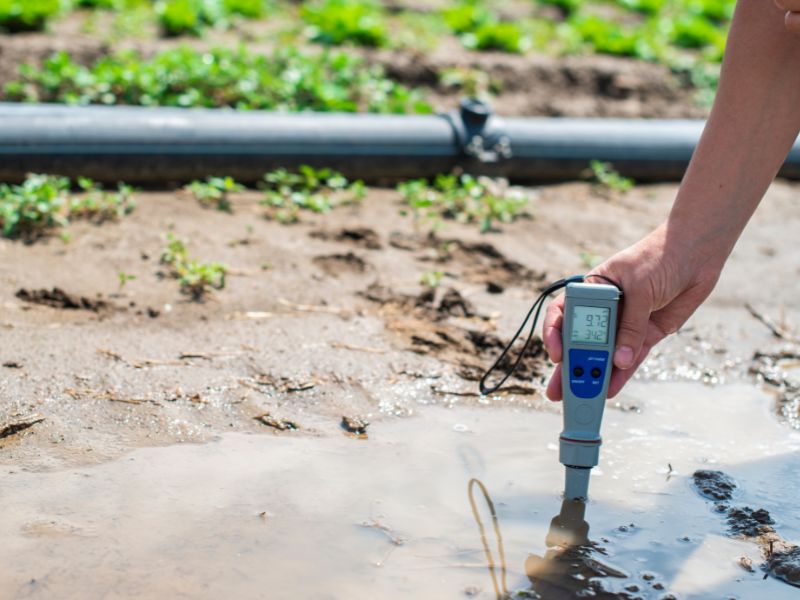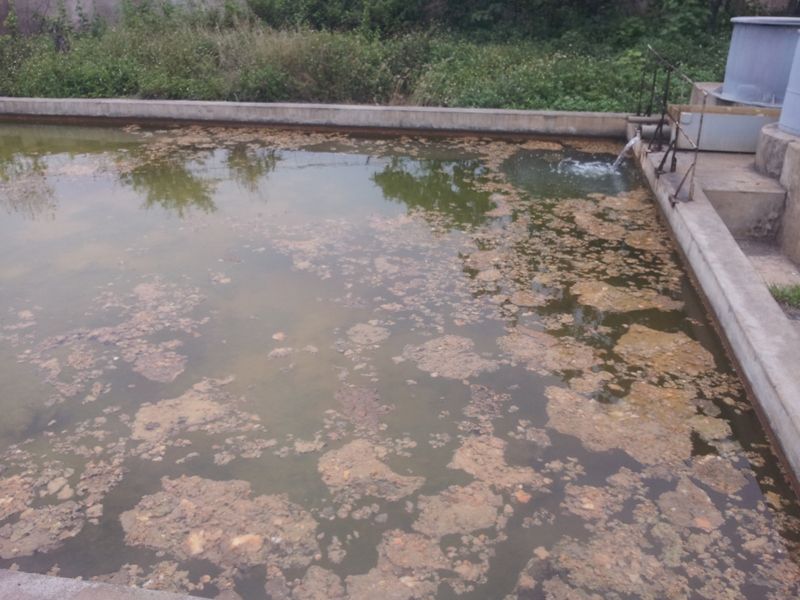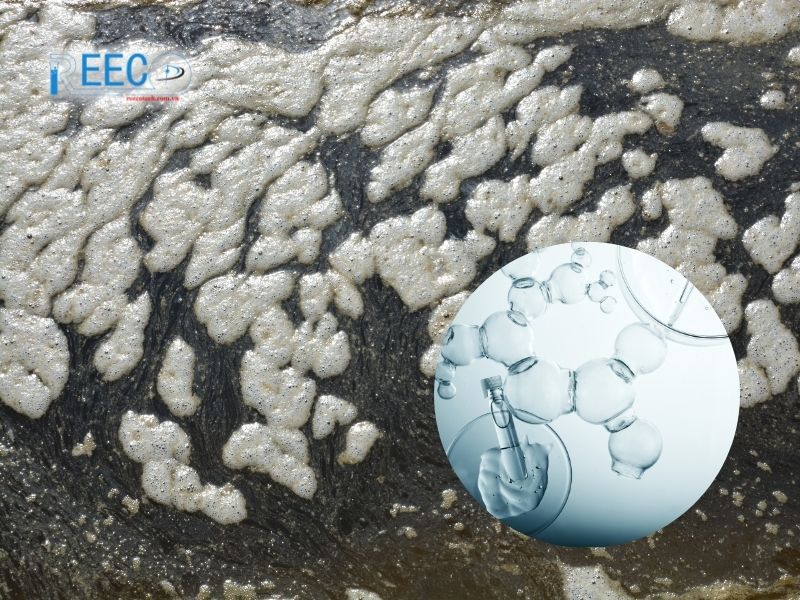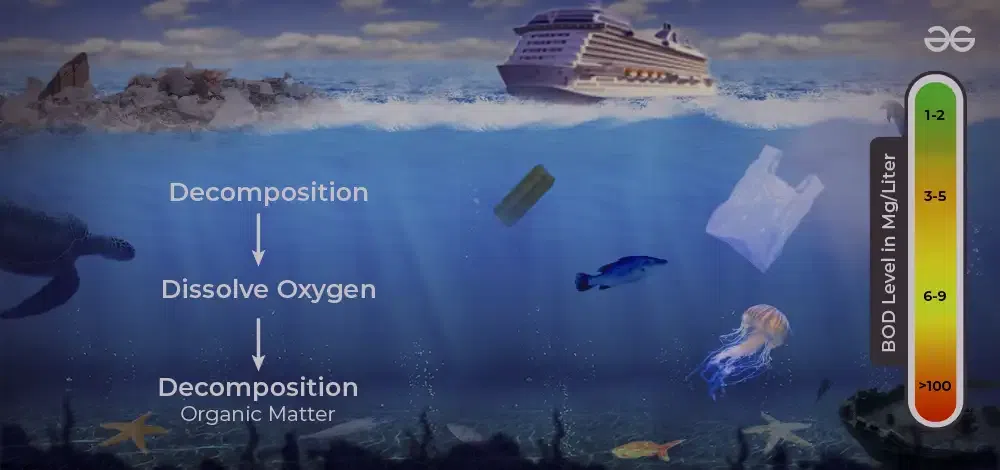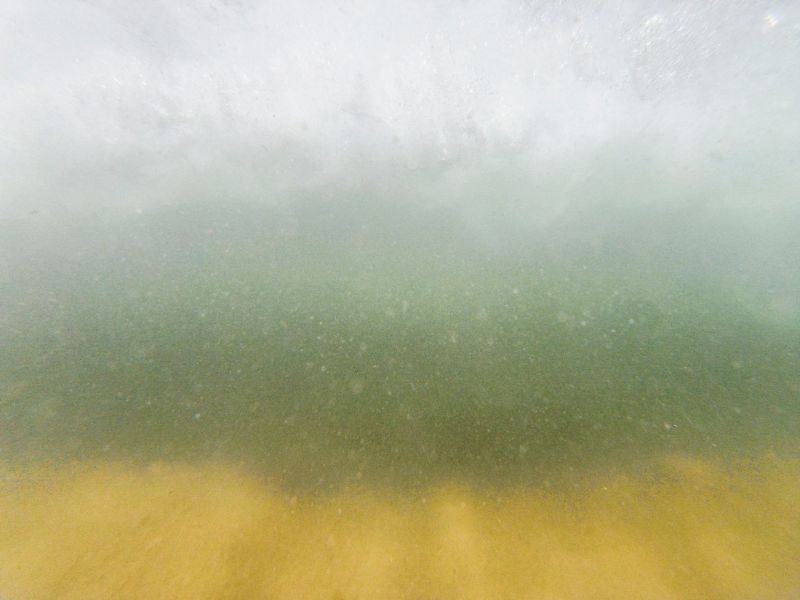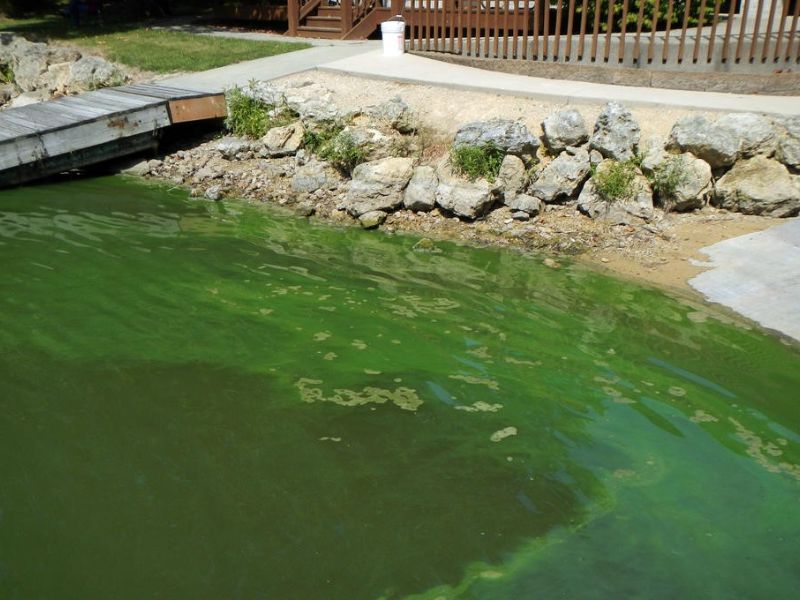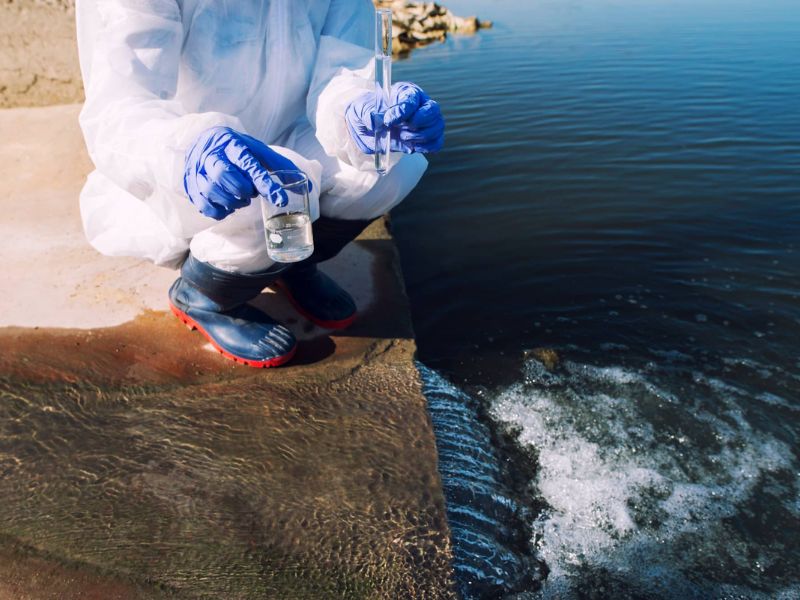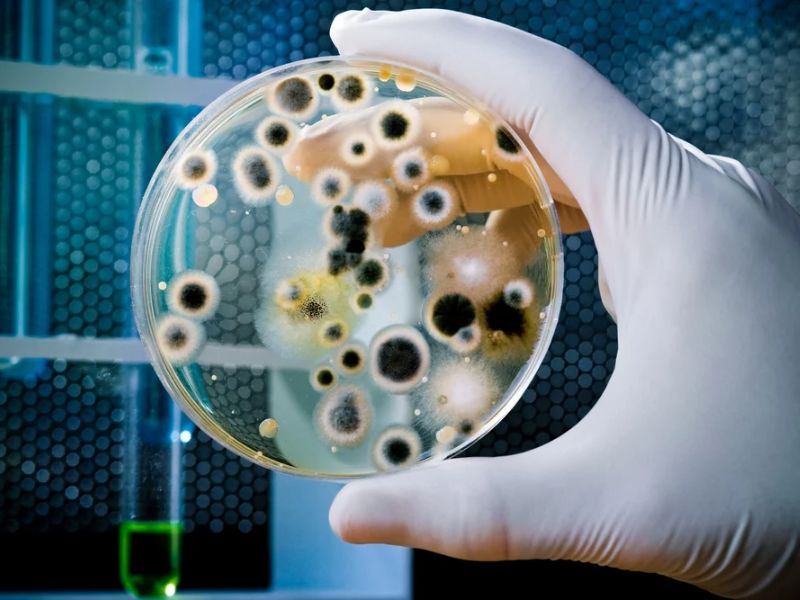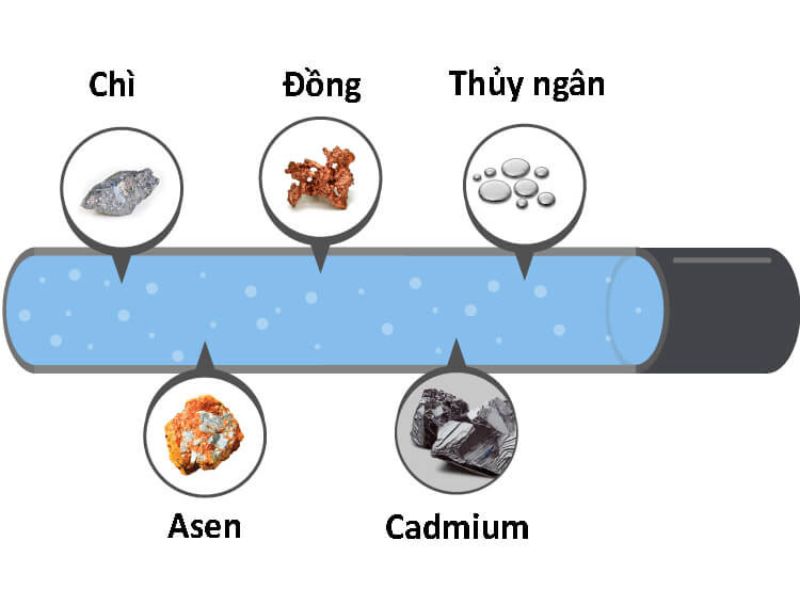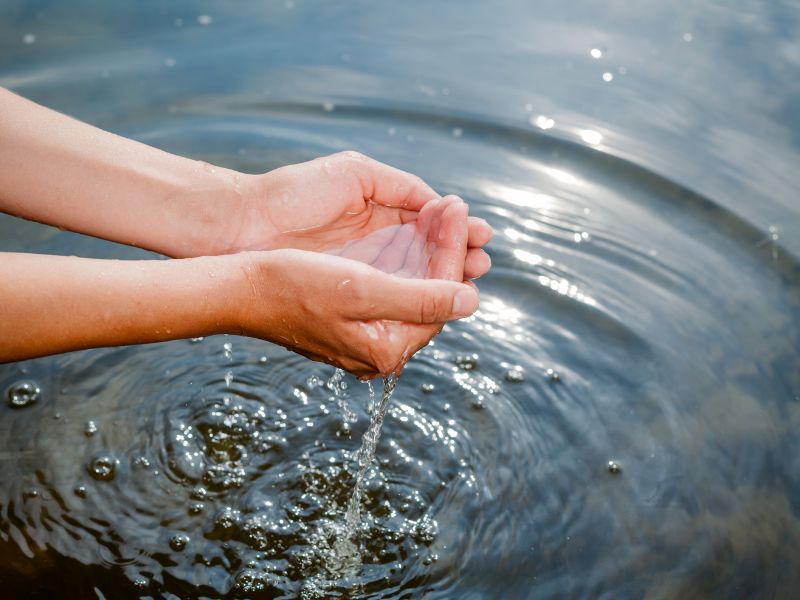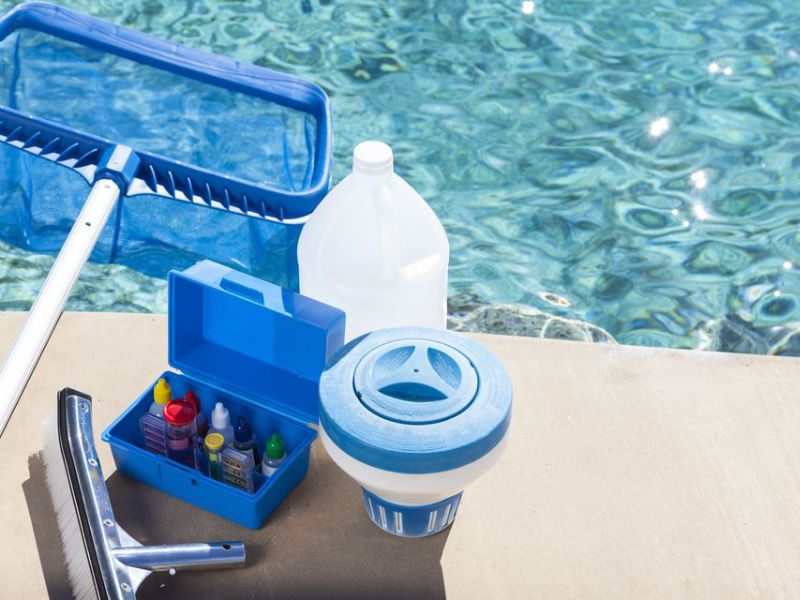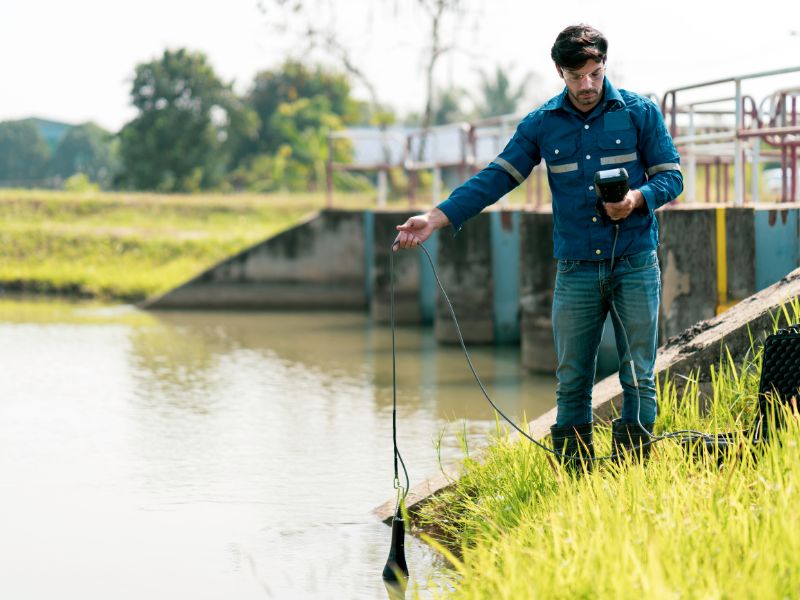What are the water quality assessment criteria? What specific parameters are included? And how can these criteria be accurately determined? All these issues will be detailed by Reecotech in the article below. Please take a look!
What are the water quality assessment criteria?
Water quality assessment criteria include the physical and chemical factors used to determine the cleanliness and safety of a water source. Depending on the type of water, such as domestic water, industrial water, or wastewater, the evaluation standards will vary. After analysis, these criteria are compared with the corresponding standards to assess the actual condition of the water source. From there, necessary adjustments will be made to ensure the water quality meets the usage requirements.
What are the basic water quality assessment criteria?
Below are some of the key water quality assessment criteria that can help you accurately evaluate the water and avoid harmful factors that directly affect health, livestock, or aquaculture. You can refer to these to take timely remedial measures.
1. pH Index (pH Level)
This index is one of the important measures for determining the quality of both water supply and wastewater. It shows the necessity of neutralization and the amount of chemicals required during coagulation, disinfection, and other treatment processes.
Therefore, it is essential to test the water using this pH index. When testing, you will observe:
- When the pH index is <7, the water has an acidic environment.
- When the pH index is >7, the water has an alkaline environment.
=> This reflects the level of chemical influence in the water.
2. SS Index (Solid Suspended – Suspended Solids)
Solids significantly affect the quality of drinking water for residents in all areas. Low levels of dissolved solids in water will limit development and prevent the survival of aquatic animals.
Suspended solids in water can include inorganic, organic particles, and liquid particles that do not mix with water. Inorganic particles may include clay, silt, or sludge, while organic particles are typically plant fibers, algae, and bacteria.
Suspended solids act as pollutants and carry pathogens on their surfaces. The smaller the particle size, the larger the total surface area per unit mass of the particle in grams, and thus the higher the amount of pollution they can carry.
3. DO Index (Dissolved Oxygen in Water)
The DO index is an important factor in assessing water pollution levels in areas such as hydropower, wastewater treatment, and aquaculture.
The dissolution of oxygen into water is influenced by various factors such as temperature, atmospheric pressure, water flow, location, and terrain. The DO value in water depends on the physical, chemical, and biological properties that occur in it. Analyzing the DO helps evaluate water pollution levels and check water quality in wastewater treatment processes.
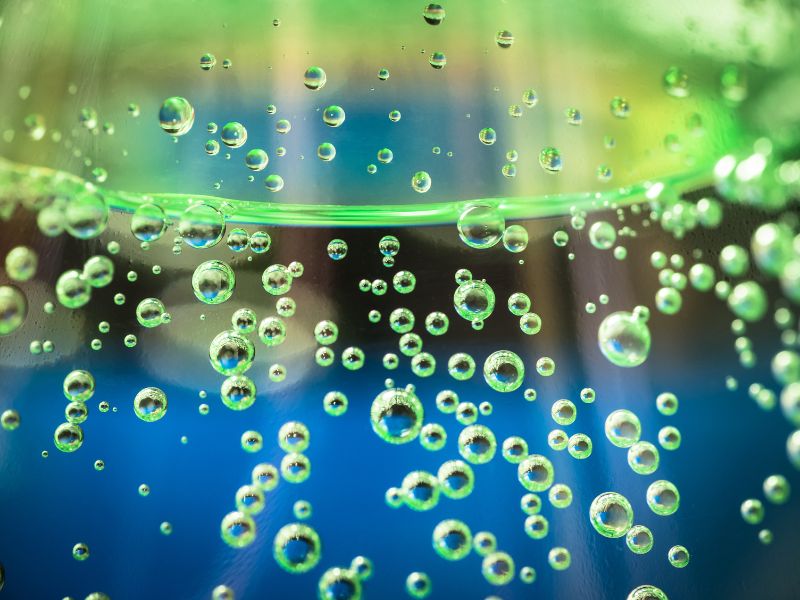
4. COD Index (Chemical Oxygen Demand)
To assess the pollution levels of water sources such as wastewater, surface water, and drinking water, COD is an important standard. It indicates the amount of organic matter present in the water, and a high COD level also shows that the water source contains a large amount of organic pollutants.
5. BOD Index (Biochemical Oxygen Demand)
BOD is a measure of the amount of oxygen required for microorganisms to consume and decompose organic matter in a water sample under standard temperature and time conditions. This index indicates the pollution level of the water sample based on the amount of biodegradable organic matter it contains.
6. Turbidity Index
Water can become turbid due to the presence of suspended particles, decomposing organic matter, or the growth of organisms in the water. This turbidity affects the transmission of light and the photosynthetic ability of autotrophic organisms in the water, negatively impacting both aesthetics and the quality of water for use. If the water contains suspended solids, disinfection becomes more difficult
=> See more: 3 Methods for Measuring Water Turbidity in Aquaculture
7. Water Quality Assessment Criteria – Ammonia Index (NH4+)
If the ammonia concentration in water is lower than 0.005 mg/l, the water is considered unpolluted. Ammonia only exists at trace levels below 0.05 mg/l on the natural surface of an unpolluted area. In water with neutral or acidic pH, ammonia exists in the form of ammonium ions (NH4+), while in alkaline water, ammonia primarily exists in the form of NH3 gas.
8. Water Quality Assessment Criteria – Nitrate Index (NO3-)
A nitrate concentration below 5 mg/l is considered normal in nature. If the nitrate concentration exceeds 5 mg/l, it may indicate pollution from waste. This can lead to the growth of algae and aquatic plants, affecting the quality of water used daily.
9. Water Quality Assessment Criteria – Phosphate Index (PO43-)
Phosphate is considered an important nutrient for the growth of algae. Therefore, if the phosphate level in water is below 0.01 mg/l, it is considered normal. However, if the phosphate level exceeds 0.001 mg/l, it means the water is polluted. While phosphates are not harmful to humans, they facilitate the growth of other microorganisms.
10. Chloride Index (Cl-)
Chloride in water often comes from domestic waste, industrial wastewater, especially from the food processing industry. Additionally, the intrusion of seawater also significantly contributes to the presence of chloride in rivers and groundwater.
11. Coliform
Coliform bacteria (such as Coliform, Fecal Coliform, Fecal Streptococci, Escherichia coli, etc.) are present in the intestines and feces of warm-blooded animals. They enter the environment through the digestive system and thrive if the conditions, such as temperature, are favorable.
12. Heavy Metal Index
Heavy metals such as Arsenic, Lead, Chromium (VI), Cadmium, and Mercury often appear in water due to various reasons. They can dissolve from minerals naturally or be used in construction and industrial production. Their impact on health depends on the concentration, being harmful if it exceeds permissible limits and beneficial if present at low concentrations.
13. LC50 Index (Lowest Concentration to Inhibit 50% of Test Organisms)
The toxicity testing method for water on test organisms is based on the principle that toxins in water affect the life of aquatic organisms, such as fish or duckweed. Sometimes, test organisms such as white mice, crustaceans, microalgae, or bacteria are also used. Testing the toxicity of wastewater (before and after treatment) aims to determine the hazard of wastewater to aquatic ecosystems. It studies the biological treatment capabilities and sets water quality standards for aquatic environments. The LC50 index allows for determining the lowest concentration of wastewater that inhibits 50% of test organisms and provides an initial assessment of wastewater toxicity. From this, subsequent measures can be taken, such as identifying toxic substances, adsorption treatment, or removal of toxins.
Selecting Parameters for Water Source Assessment
In practice, selecting the appropriate parameters for investigation or monitoring is crucial as it helps to:
- Accurately assess the level of pollution and its causes.
- Properly evaluate water quality: Choosing the right parameters will aid in accurately assessing water quality, leading to effective treatment measures.
- Save time and costs: Selecting suitable parameters will help save time and costs associated with water quality assessment.
- Enhance water use efficiency: Accurate water quality assessment will help use water more efficiently, reduce pollution, and protect the environment.
How to Accurately Determine Water Quality Assessment Criteria?
Using Specialized Testing Chemicals
As we know, chemicals can react with each other, and based on this principle, specialized chemicals have been developed to determine certain chemical parameters in water. The higher the purity of these chemicals, the more accurate the analysis results will be. Each chemical parameter will have its corresponding testing chemical, such as iron testing chemicals, copper testing chemicals, dissolved oxygen testing chemicals, or ammonia testing chemicals.
Using Multiparameter Water Testing Devices
These devices are equipped with smart sensors that quickly determine the parameters present in the water sample being analyzed. The measurement results are displayed directly on the screen and stored in the device’s memory, making it easy for users to manage and generate reports. Currently, there are two types of multiparameter water testing devices on the market:
- Handheld Devices: Compact and portable, suitable for on-site direct measurements.
- Benchtop Devices: Provide extremely high accuracy, suitable for use in scientific laboratories or specialized research centers.
=> See more: Water Quality Monitoring Equipment
Reliable Source for Water Quality Testing Equipment and Chemicals
Reecotech is a reputable source for specialized equipment and testing chemicals used to determine water quality assessment parameters. We offer devices sourced from Europe, ensuring the highest quality and accuracy. If you need these products, contact us to purchase genuine, high-quality equipment that best suits your needs!

